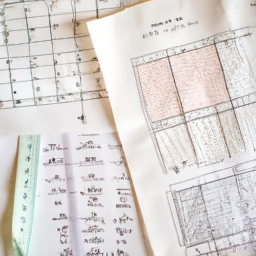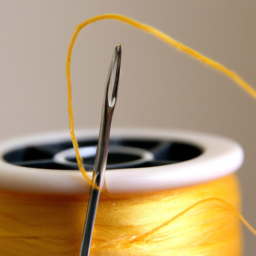
Introduction
Sewing patterns have been an integral part of fashion history. They serve as a blueprint for creating garments and have evolved significantly over time. Exploring the historical aspects of sewing patterns allows us to understand the development of fashion and pattern-making techniques.
The Evolution of Sewing Patterns
Sewing patterns have a long history, dating back centuries. In the early days, before the widespread availability of printed patterns, garments were often created by draping or using tailor-made templates. Patterns were typically hand-drawn on paper or directly on the fabric.

By the mid-19th century, the industrial revolution brought advancements in pattern-making techniques. Companies started producing pre-drawn patterns on tissue paper. These patterns became more accessible, allowing home seamstresses to recreate the latest trends at a fraction of the cost.
Historical Patterns and Fashion Trends
Sewing patterns often reflect the prevailing fashion trends of their time. Examining vintage patterns provides valuable insights into the popular styles and silhouettes of different eras.
During the 1920s, for example, the flapper style and dropped waistlines were all the rage. Sewing patterns from that era feature loose-fitting, straight silhouettes and dropped-waist dresses to emulate the fashionable look.

Similarly, the 1950s introduced the hourglass figure with cinched waists and full skirts. Sewing patterns from this era showcase designs that accentuate feminine curves and incorporate elements like petticoats.
Preserving Historical Sewing Patterns
Preserving and documenting historical sewing patterns is vital for both fashion scholars and enthusiasts. These patterns are a valuable resource for studying the evolution of fashion, construction techniques, and the social context surrounding clothing.
Efforts are being made to digitize and archive vintage sewing patterns to ensure their accessibility and longevity. Online platforms and museums enable individuals to explore digital collections and learn from these historical artifacts.
